All rights are reserved under the copyright of Yasuyuki Ayukawa (2023)
I am visiting companies challenging the global market with Japanese skills, Japanese quality, and Japanese craftmanship based on the tradition. I don’t know if the world has overtaken Japan or if Japan has declined, but in recent years, it is said that Japan’s position in the world is declining in various parts such as economy, society, and the quality of life. But is it really so? Japan still has world-class technology, traditions, and culture, and the value of these has been recognized in other parts of the global market thanks to the efforts of many companies pioneering the market in many countries. Furthermore, there are also new companies taking on the challenge with products and technologies, with their confidence and pride, to the world. In this series, I would like to introduce how such companies are challenging the global market.
The first issue is
Ishikawa Brewery Co., Ltd.,
a sake brewery in Tokyo.
(https://www.tamajiman.co.jp/en/)
Ishikawa Brewery has a brewery on the river terrace of the Tama River in Fussa City, West end of Tokyo, and has been working on sake brewing since the end of the Edo period, 19th. Century. Besides Japanese sake, craft beer is also available. Ishikawa Brewery , is working to expand exports to Southeast Asia. The effort was indeed of “a maverick”, drawing a clear line apart from Sake in the mainstream. Taking on the brand “Tama Jiman” (sake) and “Tama no Megumi” (craft beer), Ishikawa Brewery is challenging the global market!
At the end of January, on a day when the temperature in Tokyo dropped below freezing in the morning, I got off at JR Haijima Station to visit Ishikawa Brewery. It was cold that day, but the weather was fine, not windy, and I walked to the brewery.
On the way, I found a pretty stream: it was the Kumagawa diversion of the Tamagawa Josui canal, which flows just of the edge of Tama river terrace.

Actually, It is designated as “Fussa City Landscape Important Resource”.
Walking always gives me new discoveries which can never happen in taking a car, as I used to do during my career working in the big company.
It is said that that pretty canal is also flowing though the site of Ishikawa brewery.
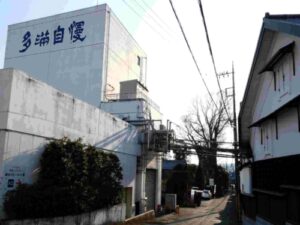
After walking about 15 minutes from the station, I saw old-fashioned black walls and a factory with “Tama Jiman” written in big letters.
When I went inside, there was panel saying “Welcome to “Sake Drinkers’ Theme Park” which made me a bit excited.
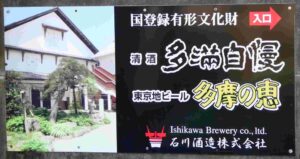
Actually, there are six nationally registered tangible cultural properties on the factory premises.
This time, I met and interviewed Mr. Takahiro Koike, head of planning, sales & marketing, public relations, exports, and IT systems at Ishikawa Brewery as the General Sales Manager, and Mr. Koichi Maesako, chief brewer and production manager of brewery, including beer.
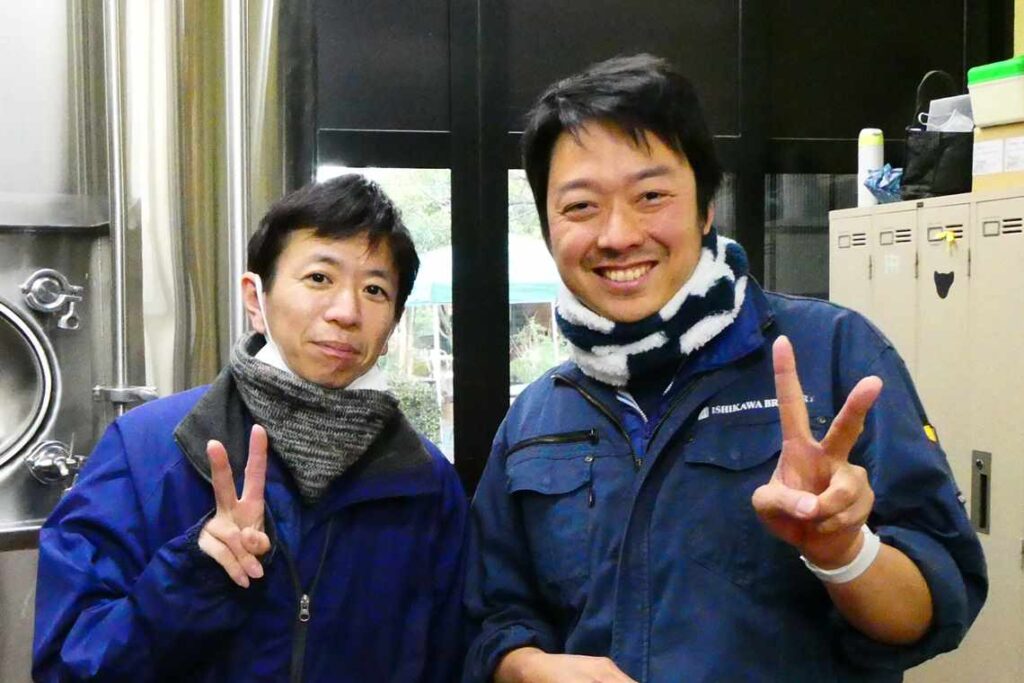
How Ishikawa Brewery
makes its own brewing, and
Seeks for its own identity
as a Sake brewery?
Speaking of sake brewery visits, the first thing that comes to mind might be, “What kind of Sakes are made there?”
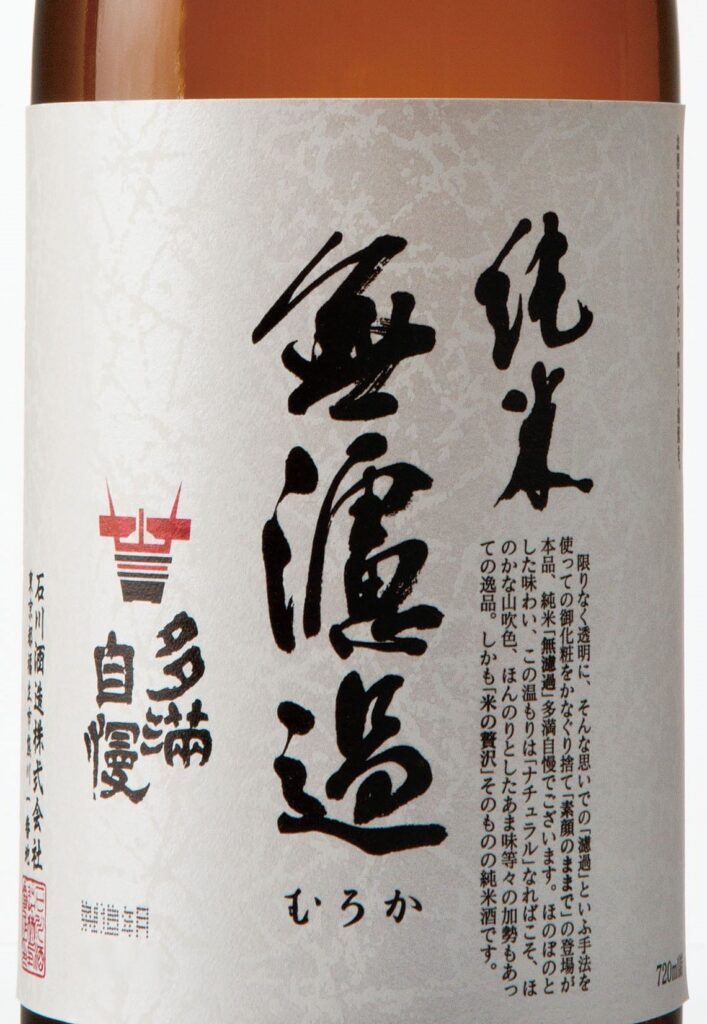
In today’s market, while it is said of some changes recently, the mainstream taste is probably “light and dry first-taste” and “lean post-taste “.
Ishikawa Brewery dares to aim for the exact opposite of such taste in mainstream.
Brewers of Ishikawa Brewery regards “Zatsumi” (miscellaneously rough tastes) as”Umami”, and realize a sweet and full-bodied taste with complex and gorgeous aroma.
And the masterpiece comes on its way “Tamajiman Junmai Muroka” (purely with rice, non-filtered).
How does this “Tamajiman Junmai Muroka” come out? In Sake brewing there are two important materials to determine the quality and taste, water and rice.
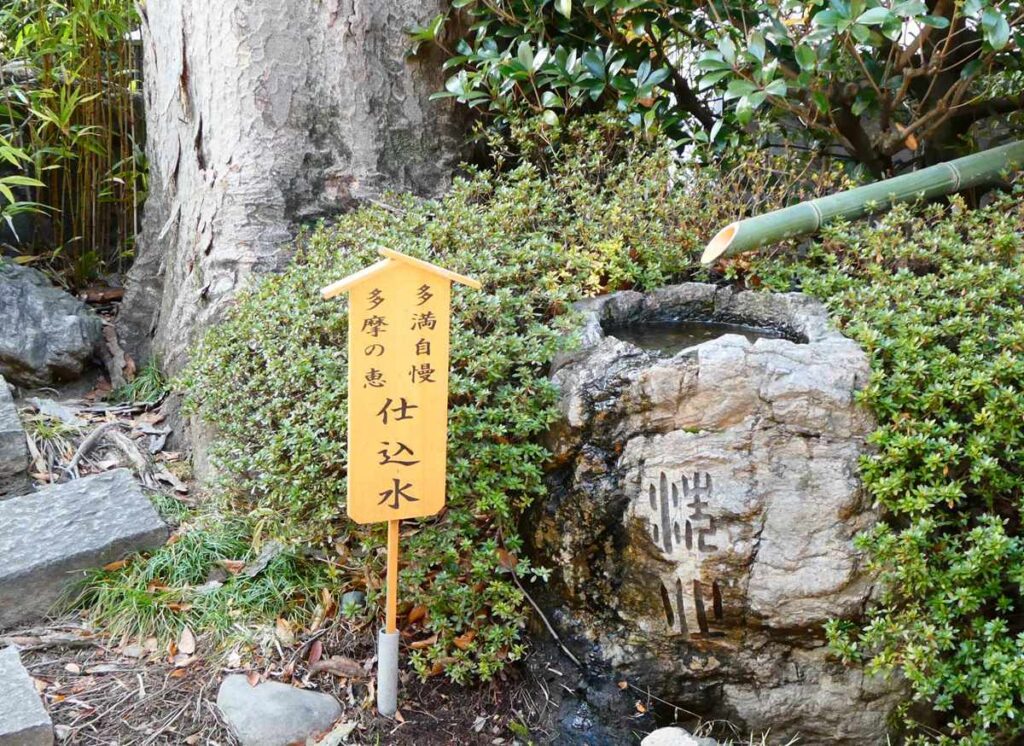
First of all, the water for brewing is pumped from a well with the depth of 150m on the premises.
These regions are exceptionally for Japan, with lime-rich soil. In the upstream of Tama River, you may find some limestone caves upstream.
The groundwater used in brewing is also affected by such soil, and it is still medium hard water, and you may recalll the taste of famous French brands of mineral waters when you take it. It may lead to make sake with a taste ” with structure.
Regarding the rice for this sake, Ishikawa Breewey does not use sake rice such as Yamada Nishiki. Every year, the chief brewer looks for delicious rice to eat, and uses such rice, with is usually for dining. Such rice has smaller grains than sake rice and can only be polished upto about 60%.
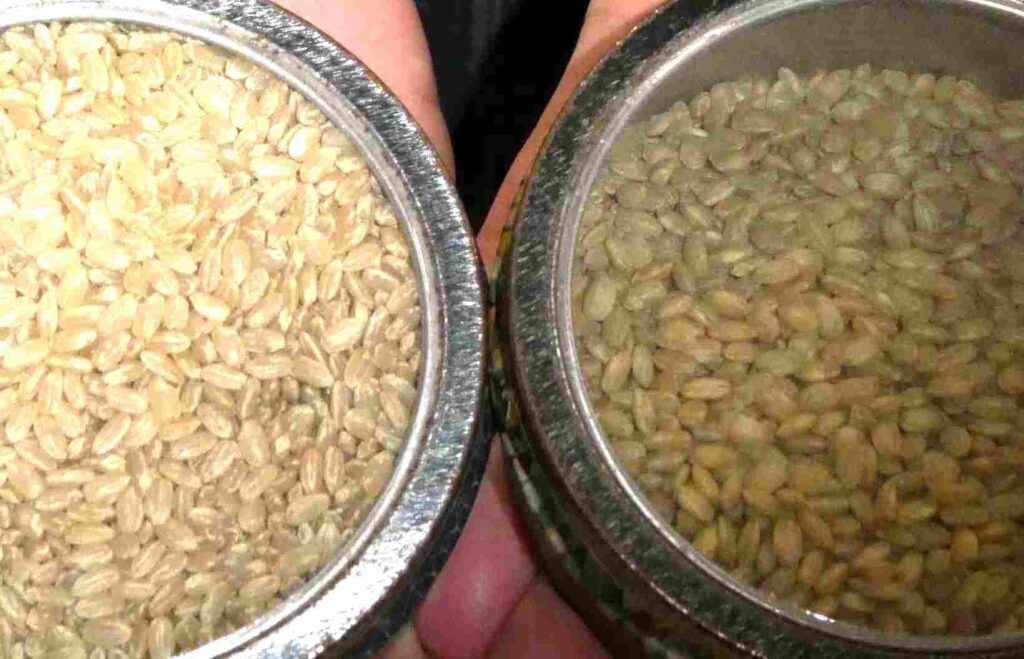
In mainstream sake brewing, where you want to brew using higher-purity carbohydrates, outer parts of grain should be removed as a source of miscellaneously rough taste.
By deliberately leaving those ingredients in the sake, Ishikawa Brewery can bring out the “umami” that Ishikawa Sake Brewery is seeking, and achieve a rich, complex, and gorgeous taste.
It is Mr. Maesako, the current chief brewer, who realized this unique route.
Before him, Ishikawa Brewery also brewed Sakes with taste of mainstream just following the market trends.
However, after Mr. Maesako became a chief brewer, he turned this around 180 degrees and decided to lay out a line of differentiation by offering sake with a taste which other companies do not have.
There was a sense of crisis which drove such movement: “If we didn’t stick to a taste that was distinct from the sake currently in the market, and if we didn’t become a maverick, we would be buried in the sake market”.
Well, next issue?
What is the sales strategy and branding of Ishikawa Brewery,
as a sake brewery maverick? will deliver.
Please stay tuned!
All rights are reserved under the copyright of Yasuyuki Ayukawa (2023)

Hello there, just became aware of your blog through Google, and found that it is truly informative.
I’m going to watch out for brussels. I’ll be grateful if you
continue this in future. Numerous people will be benefited from your writing.
Cheers! Escape room
Thank you very much for your encouraging comments.